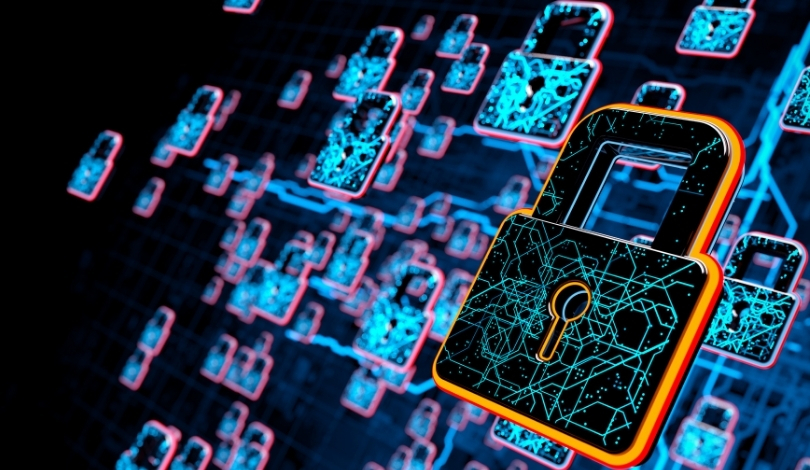A recent study by Kaspersky delved into the security vulnerabilities of real-world passwords leaked on the dark web. Researchers focused on assessing the strength of these passwords using modern graphics cards. The results were alarming, revealing that 59% of the analyzed passwords could be cracked in under an hour. This reflects critical flaws in commonly used passwords and the potent capabilities of brute-force attacks enhanced by GPUs. For more details, visit the official report on Cyber Security News.
Password Cracking Techniques
Password cracking involves converting a hashed password back to its original form. Historically, passwords were stored in plain text, posing significant security risks. Modern systems mitigate these risks by employing hashing algorithms such as SHA-1, which transforms passwords into unique hash values. When users log in, their provided password is hashed and compared to the stored hash. If there’s a match, access is granted.
Crackers often employ rainbow tables to reverse the hashes back to the original passwords. These tables are pre-computed with hashes for common passwords, allowing swift access to compromised accounts, especially if passwords are reused across multiple platforms. To counter this, password hashing with salt adds a random string to the password before hashing, which creates unique hashes for each user and effectively neutralizes rainbow tables.
Modern Hardware Exploits
Graphics Processing Units (GPUs) have revolutionized password cracking. A high-end GPU like the RTX 4090, paired with software like hashcat, can process 164 billion hashes per second for salted MD5 hashes. This immense computational power means an 8-character password using mixed case letters and digits (36 characters) can be cracked within seconds. Even without owning such hardware, attackers can rent powerful GPUs for minimal costs, enabling them to efficiently crack large databases of leaked passwords.
Comparing this to the capabilities of powerful CPUs (6.7 GH/s), the difference is stark. A CPU might take seven minutes to crack a similar password, while an RTX 4090 does it in just 17 seconds. This accessibility and speed pose a significant threat to password security in real-world scenarios.
Kaspersky’s analysis of real-world passwords exposed numerous vulnerabilities, with 45% being cracked in less than a minute. Smart-guessing algorithms, which prioritize common character combinations, contributed to these findings. Given that each guess is checked against a database of hashed passwords, the time taken to crack all passwords in a database is comparable to cracking a single one.
Past reports highlighted similar issues, noting that human predictability significantly aids password-cracking algorithms. People tend to use familiar phrases, dates, and patterns, making their passwords prone to dictionary attacks. Attempts to create randomness are often biased towards central keyboard keys, further weakening password strength.
Simple substitutions like “pa$$word” or replacing letters with symbols provide little security. Passwords containing dictionary words or frequent symbol combinations can be cracked within minutes or hours, depending on the password’s complexity and the attacker’s computational resources.
With the advent of advanced GPUs, the landscape of password security has dramatically shifted. It’s crucial for users to adopt robust password practices, such as using password managers to generate and store complex, unique passwords. Additionally, implementing multi-factor authentication adds an extra layer of security, making it harder for attackers to gain unauthorized access even if they manage to crack a password.










